Deepak Sarma explores the degree to which outsiders can understand and interpret the doctrine of the Màdhva school of Vedànta. The school is based on insider epistemology which is so restrictive that few can learn its intricate doctrines. This book reveals the complexity of studying traditions based on insider epistemologies and encourages its audience to ponder both the value and the hazards of granting any outsider the authority and opportunity to derive important insights into a tradition as an insider.
Hindu Studies Book Series - Routledge
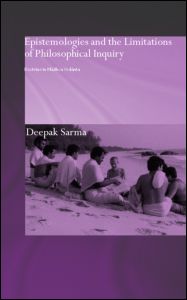
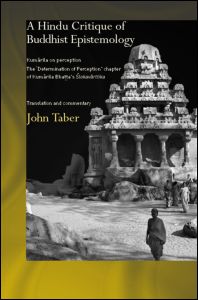
This is a translation of the chapter on perception of Kumarilabhatta's magnum opus, the Slokavarttika, one of the central texts of the Hindu response to the criticism of the logical-epistemological school of Buddhist thought. In an extensive commentary, the author explains the course of the argument from verse to verse and alludes to other theories of classical Indian philosophy and other technical matters. Notes to the translation and commentary go further into the historical and philosophical background of Kumarila's ideas. The book provides an introduction to the history and the development of Indian epistemology, a synopsis of Kumarila's work and an analysis of its argument.
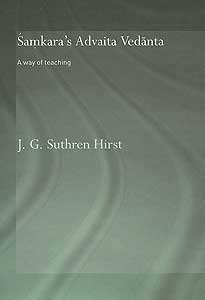
Samkara (c.700 CE) has been regarded by many as the most authoritative Hindu thinker of all time. A great Indian Vedantin brahmin, Samkara was primarily a commentator on the sacred texts of the Vedas and a teacher in the Advaitin teaching line. This book provides an introduction to Samkara's thought which takes this as a central theme. The author develops an innovative approach based on Samkara's ways of interpreting sacred texts and creatively examines the profound interrelationship between sacred text, content and method in Samkara's thought. The main focus of the book is on Samkara's teaching method. This method is, for Samkara, based on the Upanishads' own; it is to be employed by Advaitin teachers to draw pupils skilfully towards that realisation which is beyond all words. Consequently, this book will be of interest not only to students and scholars of Indian philosophy, but to all those interested in the relation between language and that, which is held to transcend it.
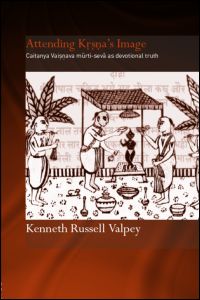
There is a steady and growing scholarly, as well as popular interest in Hindu religion – especially devotional (bhakti) traditions as forms of spiritual practice and expressions of divine embodiment. Associated with this is the attention to sacred images and their worship.
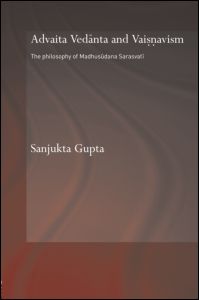
In Indian philosophy and theology, the ideology of Vedanta occupies an important position. Hindu religious sects accept the Vedantic soteriology, which believes that there is only one conscious reality, Brahman from which the entire creation, both conscious and non-conscious, emanated.
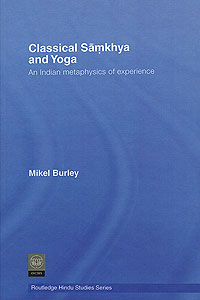
Samkhya and Yoga are two of the oldest and most influential systems of classical Indian philosophy. This book provides a thorough analysis of the systems in order to fully understand Indian philosophy. Placing particular emphasis on the metaphysical schema which underlies both concepts, the author adeptly develops a new interpretation of the standard views on Samkhya and Yoga.
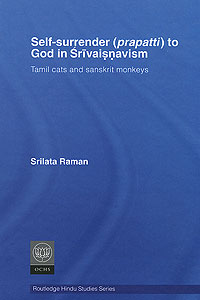
Filling the most glaring gap in Shrivaishnava scholarship, this book deals with the history of interpretation of a theological concept of self-surrender-prapatti in late twelfth and thirteenth century religious texts of the Shrivaishnava community of South India. This original study shows that medieval sectarian formation in its theological dimension is a fluid and ambivalent enterprise, where conflict and differentiation are presaged on "sharing", whether of a common canon, saint or rituals or two languages (Tamil and Sanskrit), or of a "meta-social" arena such as the temple.

The Chaitanya Vaishnava tradition is famous for its depth of devotion to Krishna, the blue-hued Deity. Chaitanya Vaishnavas are known for having refined the practice and aesthetics of devotion into a sophisticated science. This imposing devotional edifice was constructed upon a solid foundation of philosophical argument and understanding. In this book, Ravi Gupta sheds new light on the contribution of Chaitanya Vaishnavism to the realm of Indian philosophy. He explores the hermeneutical tools employed, the historical resources harnessed, the structure of the arguments made, and the relative success of the endeavor. For most schools of Vaishnavism, the supporting foundation consists of the philosophical resources provided by Vedanta. The Chaitanya tradition is remarkable in its ability to engage in Vedantic discourse and at the same time practice an ecstatic form of devotion to Krishna. The prime architect of this balance was the scholar-devotee Jiva Gosvami (ca. 1517 - 1608). This book analyses Jiva Gosvami's writing concerning the philosophy of the Vedanta tradition. It concludes that Jiva's writing crosses 'disciplinary boundaries', for he brought into dialogue four powerful streams of classical Hinduism: the various systems of Vedanta, the ecstatic bhakti movements, the Puranic commentarial tradition, and the aesthetic rasa theory of Sanskrit poetics. With training in and commitments to all of these traditions, Jiva Gosvami produced a distinctly Chaitanya Vaishnava system of theology.
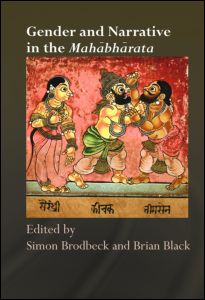
The Sanskrit Mahabharata is one of the most important texts to emerge from the Indian cultural tradition. At almost 75,000 verses it is the longest poem in the world, and throughout Indian history it has been hugely influential in shaping gender and social norms. In the context of ancient India, it is the definitive cultural narrative in the construction of masculine, feminine and alternative gender roles.
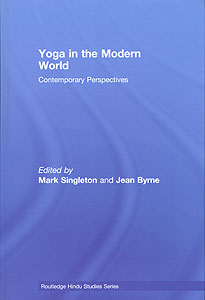
Today yoga is a thoroughly globalised phenomenon. Yoga has taken the world by storm and is even seeing renewed popularity in India. Both in India and abroad, adults, children and teenagers are practicing yoga in diverse settings; gyms, schools, home, work, yoga studios and temples. The yoga diaspora began well over a hundred years ago and we continue to see new manifestations and uses of Yoga in the modern world.
